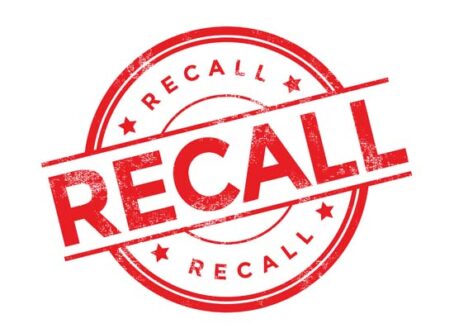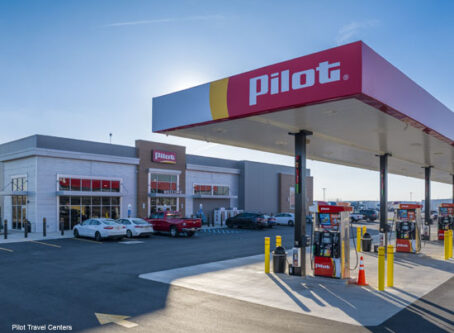Spot rates keep climbing into August, DAT reports
Supply chain disruptions caused by COVID-19 pushed more freight to the spot market last week and elevated demand for truckload capacity, with national average spot rates for vans, reefers, and flatbeds each hitting their highest marks of the year in July.
Load-to-truck ratios on DAT MembersEdge increased for all three equipment types last week. The ratio for vans was 5.2 during the week ending Aug. 2 after averaging 4.4 in July. The average reefer ratio was 9.0 – the highest point in two years – and the flatbed ratio was 30.6, well ahead of 2019.
National average spot rates, July
- Van: $2.04 per mile, up 24 cents compared to June.
- Flatbed: $2.20 per mile, up 13 cents.
- Reefer: $2.30 per mile, up 15 cents.
These are averages for the month of July and the rates include a fuel surcharge. Spot rates were higher entering August. On Aug. 2, the average van rate was $2.20 a mile, flatbeds paid $2.22, and reefers were $2.42.
Trends to watch
Average spot rates for vans increased last week on 55 of DAT’s top 100 lanes by volume compared to the previous week on slightly higher volumes. Spot van volumes climbed each week during the month of July, countering the normal seasonal trend.
Load volumes out of the top 10 fulfillment warehouse markets rose 25% last month as a surge of imports for home improvement and other stay-at-home goods flows through supply chains. This was especially prevalent at Midwest distribution hubs like Joliet, Ill., and Indianapolis.
At the lane level, spot van rates from Memphis to Atlanta increased 10 cents to an average of $3.11 per mile last week. That’s up 55 cents over the past two weeks.
Isaias is a reminder of spot market dynamics ahead of, during, and after a major storm. Last week more loads moved out of Florida than normal, with van volume out of Lakeland up 20% compared to the week before.
The pandemic is affecting demand for specific types of produce. High volumes of citrus fruits and leafy greens led to tighter capacity in Southern California, especially in the Salinas Valley. Produce volumes for the entire state were up 53% in July compared to June, but the struggling restaurant and foodservice industries continue to drive uncertainty there as well.
Reefer demand is higher in Philadelphia; Elizabeth, N.J.; and other Northeast port markets that handle imported fruits and vegetables, which are arriving from the Southern Hemisphere. Elizabeth to Lakeland, Fla., rose 10 cents to an average of $2.04 a mile last week.
Tri-haul of the week
Spot van freight from Chicago to Dallas averaged $2.47 a mile including fuel last week, which is more than 20 cents higher than any other peak in the past 12 months. Dallas to Chicago, which typically pays in the $1.30 range, averaged $2.00 a mile last week.
With higher rates on other lanes out of Dallas, the tri-haul tool in DAT MembersEdge can help you find a better-paying alternative back to Chicago.
Sure enough, rates from Dallas to Lexington are on a similar upswing, averaging $2.51 a mile. Lexington to Chicago averaged $2.44 per mile last week. All told, the tri-haul adds about 320 miles, not counting deadhead, and it boosts your average rate per loaded mile by 25 cents. That’s an extra $1,250 in revenue based on the average rate on each leg of the trip.

These rates do represent averages from last week, and this week will be different. Negotiate the best deal you can get on every haul, and look at the rates and load-to-truck ratios in MembersEdge to understand which way the rates are trending.
For the latest spot market updates related to COVID-19, visit DAT.com/industry-trends/covid-19 and follow @LoadBoards on Twitter. You can post comments on the DAT Freight Talk blog or on the DAT Facebook page. You can listen to the DAT MembersEdge report every Wednesday on Land Line Now. If you’re a company driver, DAT has a free app called DAT Trucker. It shows where to find fuel, truck stops, weigh stations, Walmart stores, and other important locations while you’re on the road. It’s in Google Play or Apple’s App Store.









